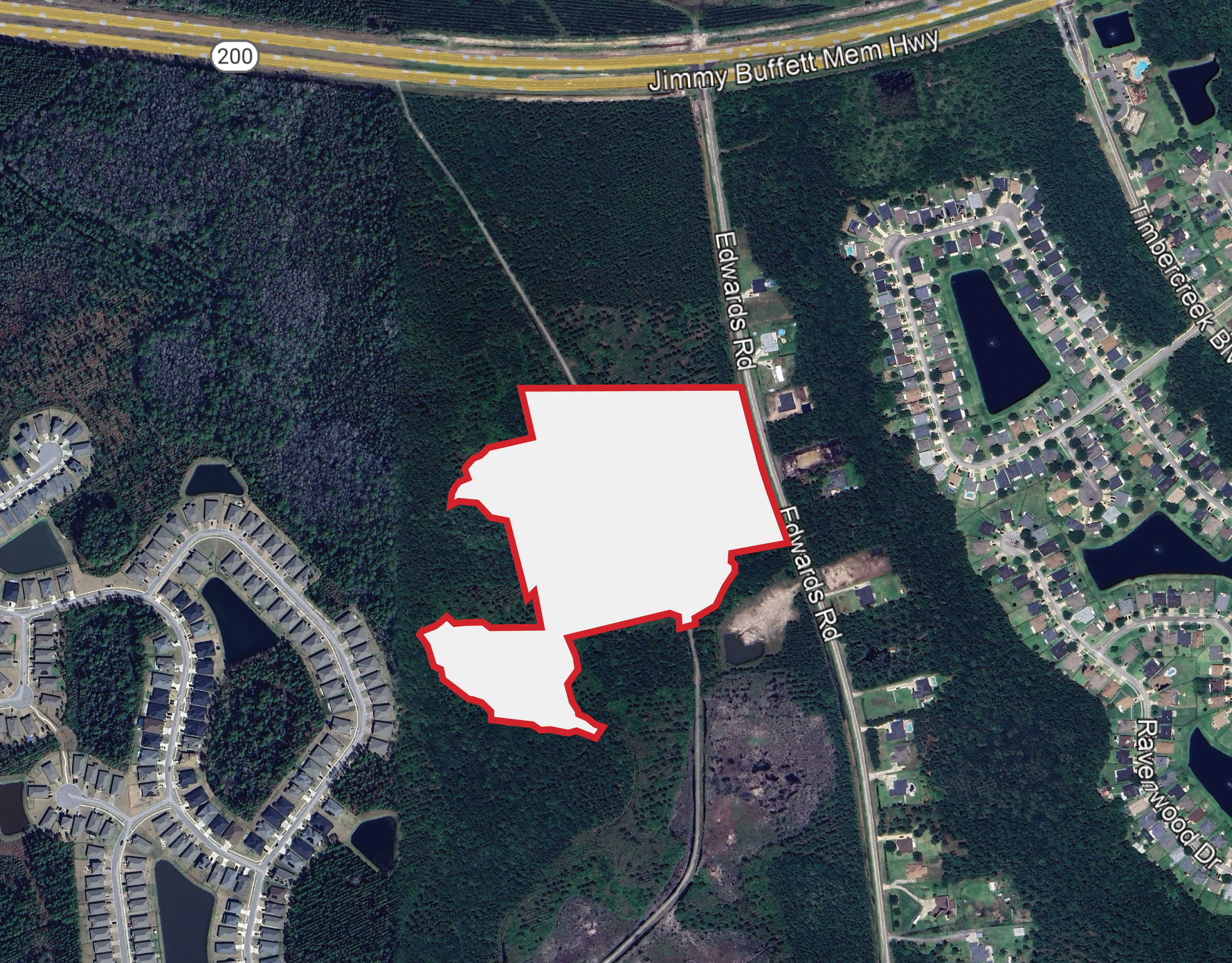How materials shortages are changing how developers work
Construction planning is being flipped on its head as costs rise
Remember Whac-A-Mole? When a mallet-totting player hits a mole popping up from one of several holes, another immediately surfaces.
Construction industry experts are using the game as an analogy. In their case, the moles are shortages of materials like steel or timber. Currently it’s sand, which is needed for a range of materials from concrete to flat glass.
“The million-dollar question is what material will be the next problem,” says Andrew Volz, JLL Project and Development Services Americas research lead.
The scarcity of building materials, exacerbated by unwaning demand, is one of the most significant issues plaguing the construction industry. JLL’s recently released Construction Outlook says that volatility around materials is hitting developer’s wallets at a higher rate than initially anticipated earlier this year.
While costs stabilize in one area – for instance, the cost of lumber has steadied – the whack-a-mole pattern continues to push up costs overall, Volz says. As a result, JLL expects the price of materials to grow up to 18% this year, from the previous 12% projection set at the beginning of this year.
It’s not just about costs. The guessing game of what material is next is leading to a shift in how companies are approaching projects, Volz says.
“Delays are pretty much universal at this point,” he says. “Developers will need to rework how they traditionally do projects as ‘design, bid, build’ no longer works.”
Looking for more insights? Never miss an update.
The latest news, insights and opportunities from global commercial real estate markets straight to your inbox.
Alternative solutions to material woes
While purchasing materials used to be the final step of the “design, bid, build” process, Volz says he sees the entire process flipped.
“Project managers are sitting in on the design phase with engineers, and once they have a general idea of spec, they are placing orders for materials,” he says, adding that by the time the design phase is complete, they often are still waiting on those materials ordered six months earlier.
“Just getting your hands on stuff is almost more difficult than paying for it,” he says.
The issue is expected to persist, in part due to huge looming projects, like rebuilding Ukraine and as public works projects come online from President Biden’s $1 trillion bipartisan infrastructure plan. Volz says such projects could require most of the U.S.’s domestic production of steel and lumber.
Investment Opportunities
Volz says he is beginning to see a reshoring of the supply chain as inflation and the scarcity of materials continue to grow.
“This challenge is forcing our PMs to be more creative, and they are asking questions such as ‘Can we find a separate supplier or go through a different process to get the needed materials; and is it possible to retrofit or use refurbished materials,’” Volz says. “It’s a whole new world of creativity to get all of this done and to get around what’s traditionally been our way of approaching supply chain and manufacturing. Just in time just isn’t working at this point.”
Contact Andrew Volz
JLL Project and Development Services Americas Research LeadWhat’s your investment ambition?
Uncover opportunities and capital sources all over the world and discover how we can help you achieve your investment goals.




